Most Common Reasons for Claim Denials
There are many reasons that your claim may be denied or that you may be asked for additional documentation. The most common reasons include:
Insurance Estimate: This is most common with dental claims as neither you nor your dentist will know for certain what your insurance will pay on the date of your appointment. To resolve this, wait until you obtain the Explanation of Benefits (EOB) from your dental insurance. Then, submit the EOB as your claim documentation.
Unclear Date of Service: Some statements or receipts do not show dates with the list of itemized expenses. Although it seems like if there is a general date on the statement (for example a date printed or date processed), this is not sufficient. A general statement date will not always accurately reflect the date when services were actually provided. In this case, you will be required to secure an updated statement that outlines the date incurred for each item on the list of services.
Balance Forward: When you receive a billing statement that simply shows an amount due for services, or a balance forward from a prior statement, this does not satisfy the claim requirements. Securing an Explanation of Benefits or a detailed claim statement can resolve this issue.
Prepayment for Services: Health services must have actually been incurred in order to be considered eligible expenses. Thus, documentation showing pre-payment for services will not reflect an eligible expense. For example, dependent care services cannot be claimed more than one month in advance. To resolve this issue, resubmit the claim at a later date after the services have been incurred.
Orthodontia: If you are submitting a claim for braces or orthodontia, please be sure the document states the payment is for orthodontia. Orthodontia is the only type of claim where date of payment is used rather than date of service for determining the eligible plan year. Typically, your orthodontist will provide a “Treatment Plan” which outlines the projected treatment, timeline, and total costs for the services. Your orthodontia treatment plan, along with proof of payments, is the best documentation for orthodontia claims.
Ambiguous Documentation
Information on documentation may appear to satisfy the requirements, however, if it is ambiguous or does not provide the correct detail, it will not be considered sufficient. Common examples of this include:
Name Mismatch: The billing company is not the same as the provider name.
Payment Date: The date of payment or date of invoice is identified but not the actual date of service or appointment.
No Patient Name: The Subscriber/Member/Guarantor name is listed, but the specific patient name is missing.
Payment, Not Billed Amount: The amount you paid is outlined instead of also listing the total amount charged or billed. This is required to prove your final responsibility to pay.
Insurance Estimate: An insurance estimate or projection of what costs will be incurred at a future date is not adequate documentation. This type of documentation identifies what the insurance will pay, any discounts provided, and any uncovered services in advance of actually incurring the service. An insurance estimate is often times used prior to dental procedures to confirm what services will be covered by the plan as well as the out of pocket costs that can be expected by the patient.
No Procedure/Diagnosis Codes: General type or category of service is provided, but not a description of the specific service and/or diagnosis and procedure codes. Descriptions of services should be specific whenever possible.
Account Statement: Account statement from the provider is submitted in lieu of an Explanation of Benefits from your insurance carrier. Statements will frequently not itemize the amount paid by your insurance or they will simply list the amount owed as a balance forward.
Predetermination of Benefits: A Predetermination of Benefits was submitted rather than an Explanation of Benefits. A Predetermination of Benefits is issued before the services are rendered to project future costs for services. This documentation does not represent final payment amounts of insurance reimbursements.


